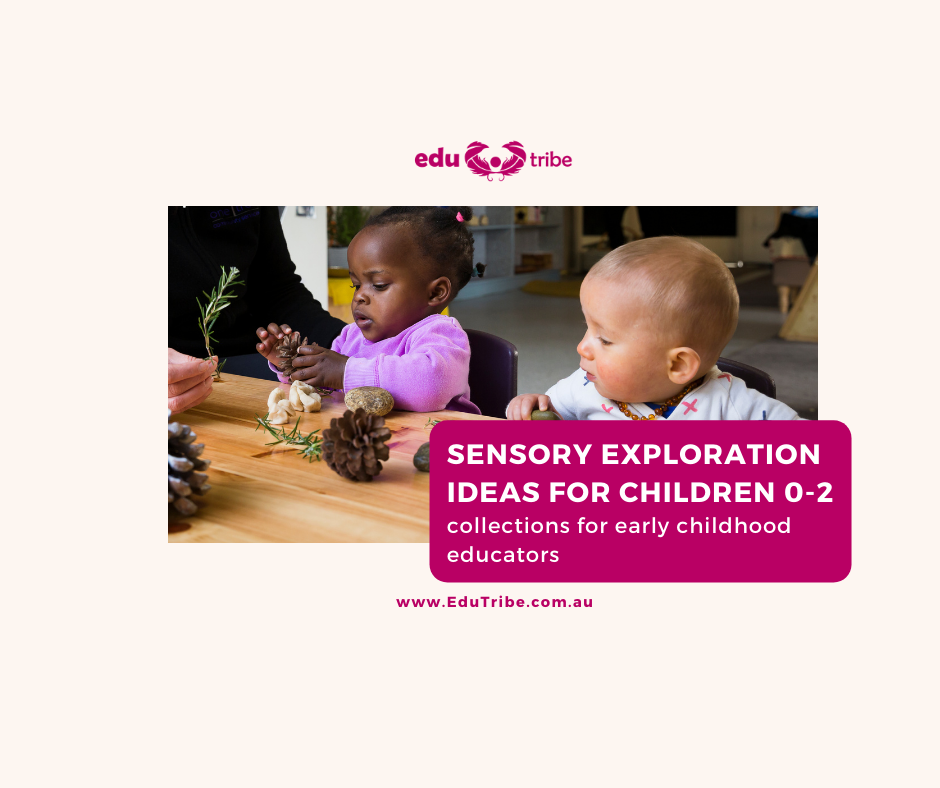Sensorial education is a fundamental aspect of alternative schooling and education that focuses on engaging the senses to facilitate learning and development. Rooted in the principles of Maria Montessori, sensorial education recognizes the vital role that sensory experiences play in a child’s cognitive, emotional, and physical growth.
The human brain processes information through our senses – sight, hearing, touch, taste, and smell. By actively engaging these senses during the learning process, children are able to make deeper connections with the material being presented to them. This hands-on approach allows students to explore concepts in a tangible way, leading to greater comprehension and retention.
In a sensorial classroom setting, educators create an environment rich in sensory stimuli that encourages exploration and discovery. Materials are carefully selected to provide opportunities for children to refine their sensory perceptions and develop important skills such as observation, discrimination, sequencing, coordination, concentration, and problem-solving.
One key element of sensorial education is the use of Montessori materials specifically designed to isolate one sense or concept at a time. For example, the iconic Montessori pink tower consists of ten wooden cubes varying in size from 1 cubic centimeter to 10 cubic centimeters. Children stack these cubes from largest to smallest or vice versa – not only honing their visual discrimination skills but also developing an understanding of size gradation.
Similarly, the knobbed cylinders material challenges students’ tactile discrimination as they match cylinders of varying heights into corresponding holes on a wooden block. By engaging with these materials repeatedly over time, children sharpen their ability to perceive subtle differences in size, shape, texture, color – laying a strong foundation for future academic pursuits.
Beyond traditional Montessori materials lies a world of sensory-rich activities that can be incorporated into any educational setting. Sensory bins filled with rice or sand offer endless possibilities for exploration through touch and manipulation. Scented playdough provides olfactory stimulation while encouraging fine motor skill development through shaping and molding.
Nature walks present opportunities for children to engage with their environment using all five senses – listening for birdsongs, feeling different textures underfoot (grass vs pavement), observing colors and shapes in flora/fauna around them – fostering an appreciation for the natural world while promoting mindfulness and presence.
Artistic endeavors like painting or sculpture-making tap into both visual and tactile senses as children experiment with color mixing or clay modeling techniques. Music classes expose students to auditory stimuli that evoke emotions ranging from joyous elation (upbeat tempo)to contemplative introspection (slow melodies).
Physical activities such as yoga or dance incorporate kinesthetic feedback allowing kids to connect mind-body awareness while improving balance flexibility strength coordination spatial orientation among other benefits
By integrating sensorial education practices into everyday curriculum educators empower students with tools necessary thrive academically socially emotionally Sensorially engaged learners become adept critical thinkers problem solvers who approach challenges curiosity creativity confidence
Additionally fostering sense wonder curiosity early age sets stage lifelong love learning inquiry-driven mindset fuels intellectual growth personal fulfillment throughout life’s journey
In conclusion it is clear that sensorial education plays crucial role holistic development child laying groundwork future success across academic professional personal domains As we continue explore innovate ways engage senses within educational settings let us remember transformative impact this approach can have on generation young minds poised shape tomorrow’s world

Leave a comment